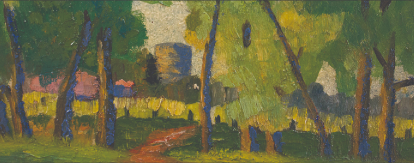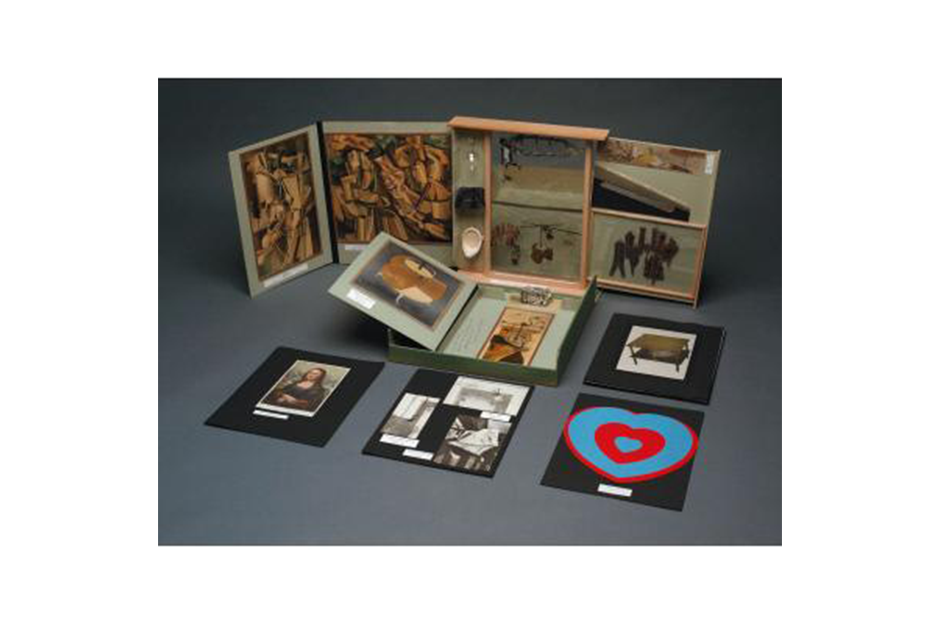Dada as art is characterized by absurdity, total freedom of expression, and randomness as creative tools. A Little Look at Dada, opening Saturday, October 3 in the Museum of Art, showcases work from the Museum of Arts collection, with selected loans, to explore these ideas. The earliest works in the show were created by Jean Arp (1888-1966) and Kurt Schwitters (1887-1948), original Dadaists who were both collage artists. A highlight of the show is the Museum's inaugural showing of the Bote-en-valise, or suitcase, by Marcel Duchamp (1887-1968) which houses in miniature Duchamp's entire art production, with iconic works such as Fountain (the urinal that Duchamp signed R. Mutt), and LHOOQ (an image of Leonardo's Mona Lisa on which Duchamp painted a mustache and goatee). Because the Dadaists have had an abiding influence, A Little Look at Dada will include works by composer John Cage (1912-92) and Robert Rauschenberg (1925-2008), artists who acknowledged Dadas influence, especially in the use of chance operations and assemblage to guide their art practice.
Dada as an art movement is intertwined with World War I (1914-18). Artists, writers, and musicians in Zurich, Berlin and other cities, including New York, turned to extreme forms of expression absurd performances for example as a means to cope with the grotesque atrocities of trench warfare and poisonous gas. If civilized peoples could create new and better ways of killing each other, the Dadaists wanted no part of it. Artist Tristan Tzara, in Introduction to Dada, wrote: This war was not our war; to us it was a war of false emotions and feeble justificationsDada was born of a moral need, of an implacable will to achieve a moral absolute, of a profound sentiment that man, at the center of all creations of the spirit, must affirm his primacy over notions emptied of all human substance, over dead objects and ill-gotten gains.



